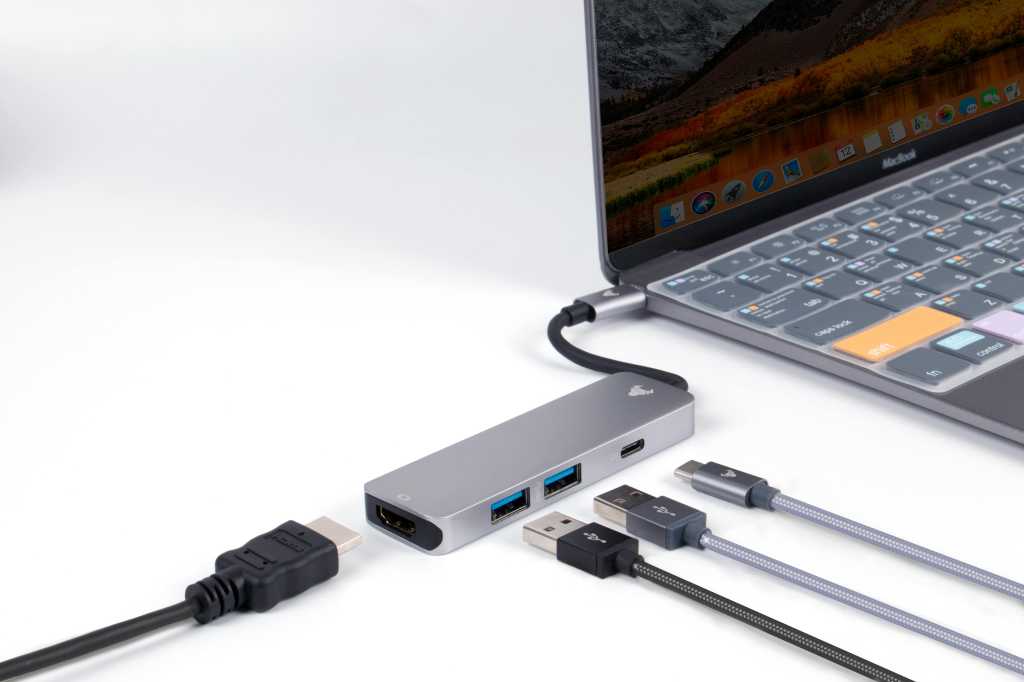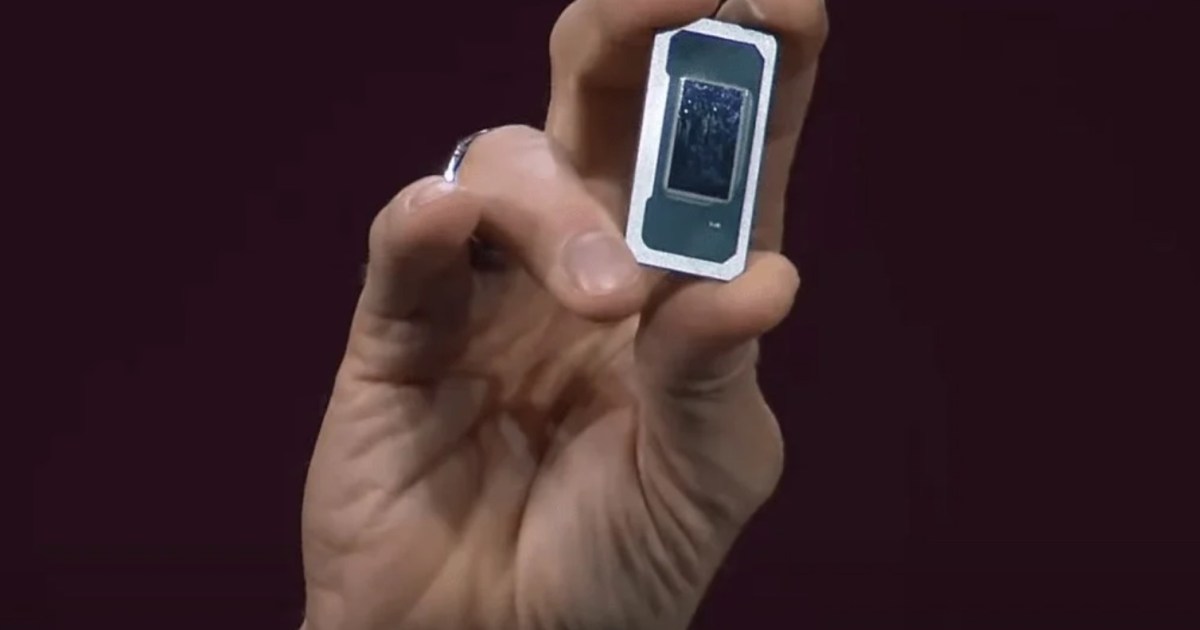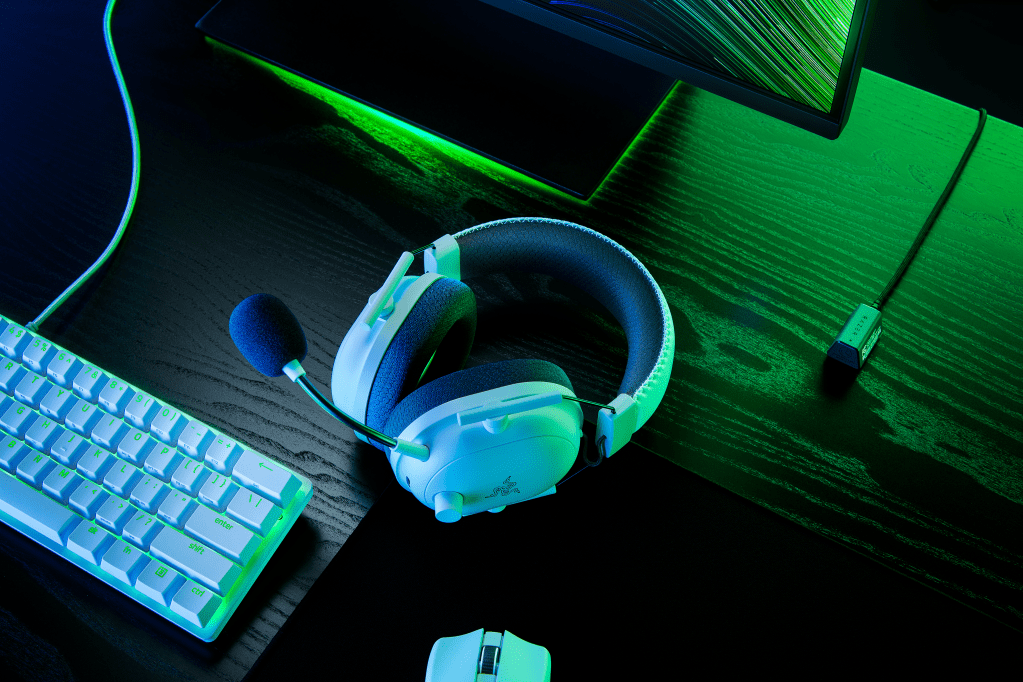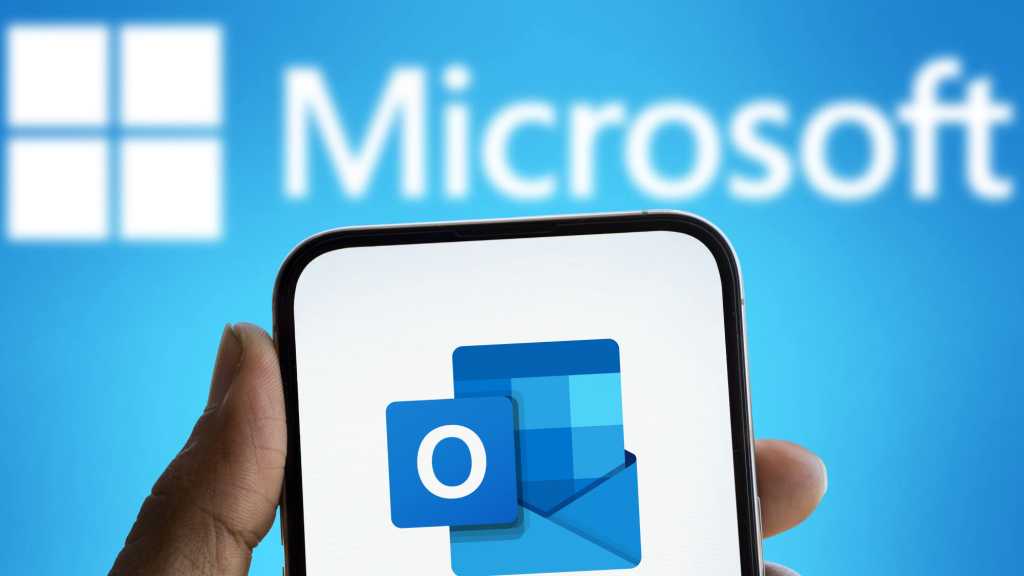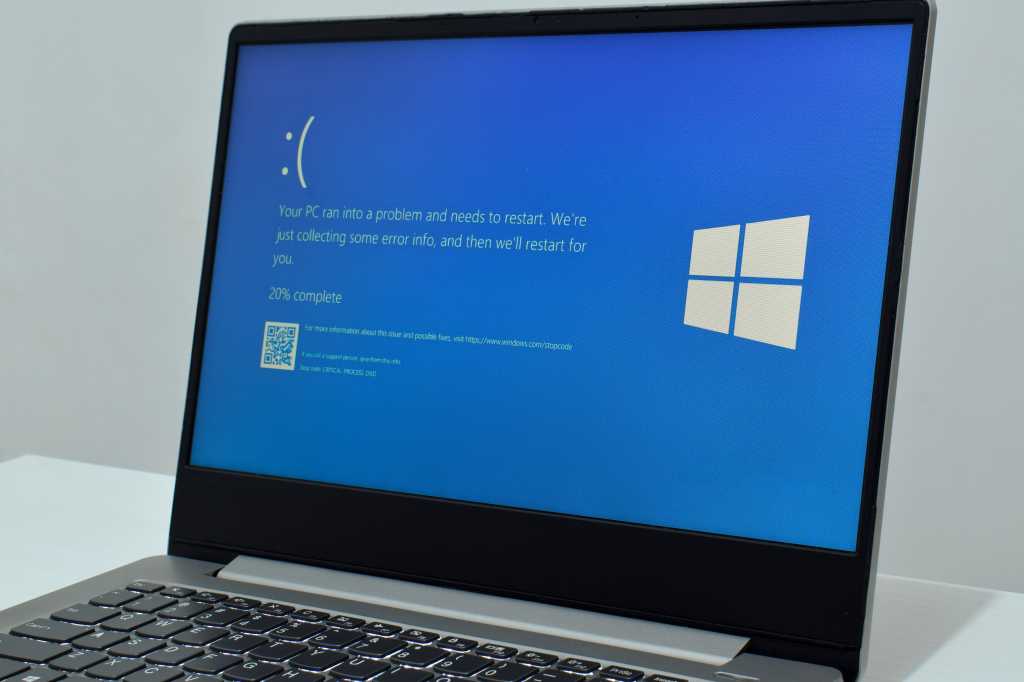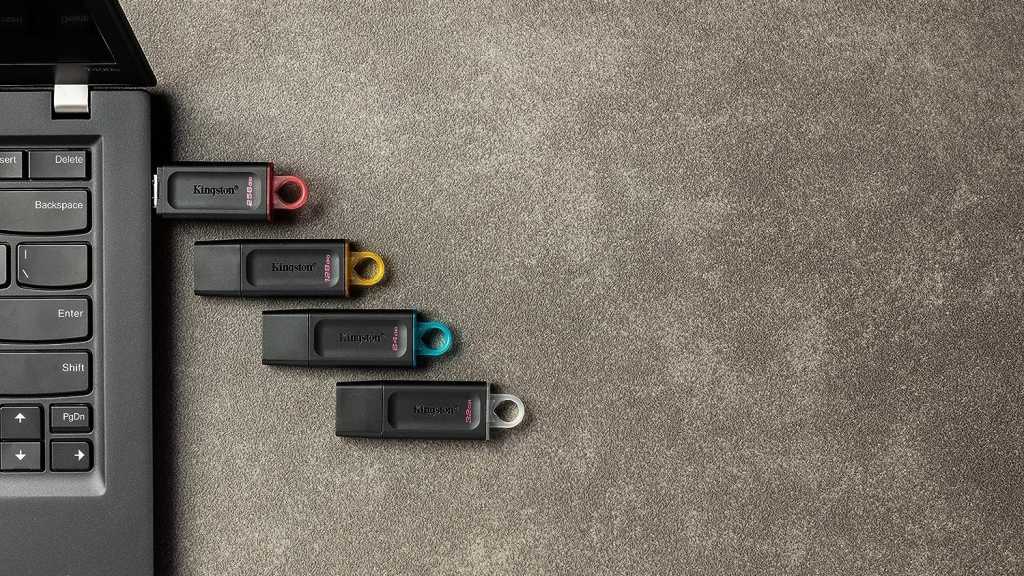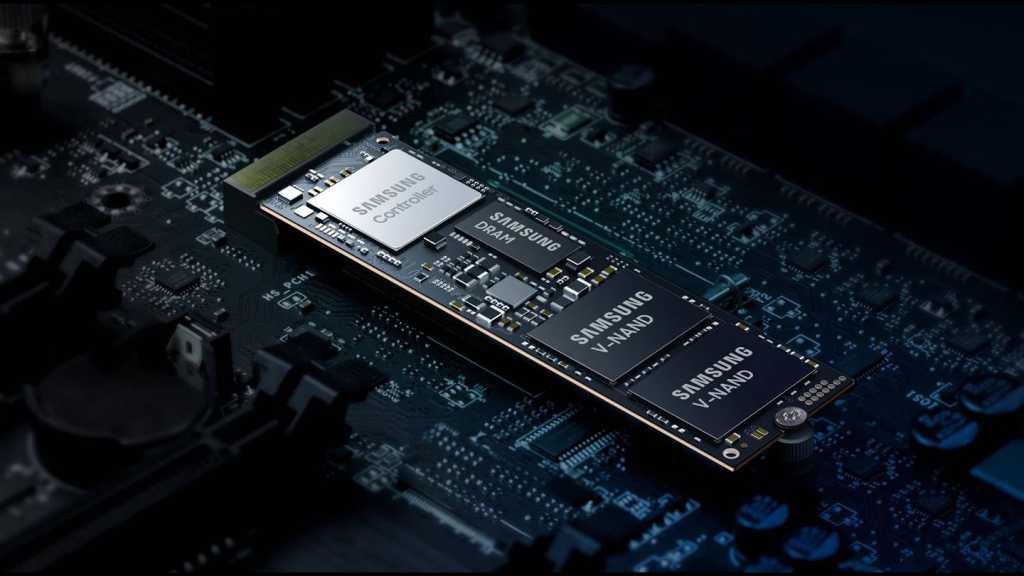Buying a USB cable can sometimes feel like a gamble. You might splurge on a “high-speed” cable only to be met with frustratingly slow transfer rates, or conversely, be pleasantly surprised by a budget-friendly cable that zips data across in a flash. Why the discrepancy? The truth is, advertised speeds don’t always reflect real-world performance. Several factors influence a USB cable’s actual transfer rate, some of which have nothing to do with the cable itself. This guide will explain how to manually calculate your USB cable’s data transfer speed and understand the elements that impact performance.
This method allows you to assess your cable’s capabilities and identify the best performers for your needs.
Understanding the Test Limitations
It’s important to note that this manual calculation measures the cable’s performance within a specific USB port on your computer, not the cable’s absolute maximum speed. This measurement is influenced by the port’s capabilities and the overall system performance. However, it provides a practical benchmark to compare how your cable is likely to perform in other ports of the same USB standard.
Before you begin, identify your cable’s advertised maximum data transfer speed. This information is usually found in the product manual, packaging, or the manufacturer’s website. This benchmark is crucial for comparing promised performance with actual results.
Calculating Transfer Speed
-
Connect: Plug the USB cable connected to a USB drive into your computer’s fastest USB port. Ensure this port supports your cable’s advertised maximum data transfer speed or higher. If unsure about your USB port types, consult online resources for identification guides.
-
Transfer and Time: Using a stopwatch, time how long it takes to transfer a large file (e.g., 2GB) to your desktop.
-
Calculate: Use the following formula: Speed = File Size / Transfer Time. For instance, if a 2GB file takes 40 seconds to transfer, the calculation would be: Speed = 2GB / 40 seconds = 0.05 GB/s, or 50MB/s.
-
Reverse Test: Repeat the process, transferring the file back to your USB drive, and compare the results with the manufacturer’s claims. This bidirectional test provides a more comprehensive performance assessment.
Factors Affecting USB Cable Speed
A USB cable’s data transfer speed primarily depends on the USB standard it supports. For example, a USB 3.2 Gen 2 cable can theoretically achieve speeds up to 10Gbps. However, real-world speeds can vary even between cables supporting the same standard. Cable length, manufacturing quality, and limitations within your computer system (such as CPU speed, port type, and resource utilization) all play a role.
Choosing the Right Cable
Unfortunately, there’s no foolproof way to test a cable’s true speed before purchase. Reading reviews from reputable sources, especially those that perform thorough speed tests, can provide valuable insights. Doing your research and understanding the factors influencing USB cable performance increases your chances of buying a cable that delivers on its promises.
Further Exploration
For more information on USB cable issues, check out this article: Why your fraying USB cables are a problem
This practical approach allows you to understand and evaluate the performance of your USB cables, empowering you to make informed purchasing decisions.



